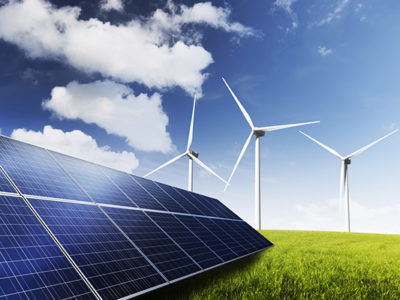How Much Should Texas Invest in Grid Resilience?
The Texas blackouts provide a case study in how to think through resilience issues.
As we begin to think through the long-term response to the Texas blackout, there’s a lot we don’t yet know. The ultimate issues are how much resilience we need against events like this and how we should obtain it. It’s helpful to lay out the kinds of questions we need to be asking as we analyze these issues, in the Texas context or elsewhere.
Based on past experience, how big is the resilience problem? The Texas storm is being discussed as a “once in a century” event. That may be true, but we need to ask more probing questions about the relevant characteristics of the storm, how often such storms occur, and how costly somewhat milder versions of the storm would have been. Texas also had blackouts in 2011, which suggests that the lack of resilience extends beyond events as severe as this one.
Is the need for resilience changing? There’s some reason to connect this event to disturbance in the polar vortex relating to climate change. If that’s correct, the odds of storms like this in the future will be bigger. There’s also the question of whether the extent of harm from blackouts is changing. For one thing, Texas’s population and economy are growing. In addition, as William Boyd pointed out in his post last week, reliance on the grid will grow as we electrify transportation and industry.
How much should we spend on resilience? The core question is how badly we want to avoid blackouts. Historically, power companies and their regulators have seen reliability as an imperative because of the harm done by blackouts. We know that consumers place a high value on reliability, but regulators need to think more carefully about just how strongly we care about electricity reliability. There seems to be an assumption that a once in a century storm is too rare to be worth worrying about. Even if such storms actually are that rare, that doesn’t necessarily mean we should ignore the risk. After all, we build levees to withstand the “hundred year flood,” so maybe we would want our power system to handle the hundred year storm.
How can we get the most “bang for our buck” in terms of resilience? One thing to think about is investing in multi-hazard protection. Options that would simultaneously increase resilience during the summer should be particularly attractive, especially since we know that risks to the grid in summer from storms and wildfires as well as demand for air conditioning will go up due to climate change. Some appealing options may be creating microgrids, increasing the availability of storage, improving transmission, and better management of demand.
How can we calibrate the response? It’s easy to fall into the binary, “all or nothing,” trap. It may well be that it’s not worth fully protecting the power system against storms like this one. That doesn’t mean that we should ignore the risk. It could still be worthwhile to limit the geographic scope of blackouts or their duration, even if it would be too expensive to eliminate them entirely.
Although I’m asking these questions in the context of the Texas situation, they apply equally to California’s problems last summer or the problem of protecting the Gulf Coast against hurricanes.








Reader Comments